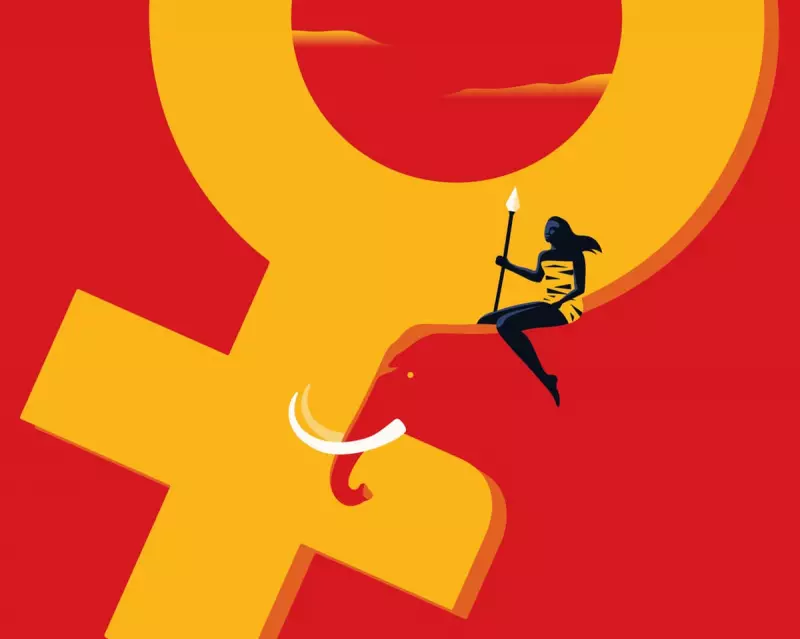
Rethinking Ancient Gender Roles: The Archaeological Revolution
For generations, school textbooks and museum displays have painted a familiar picture of prehistoric life: men as mighty hunters tracking mammoths while women gathered berries and tended to children. This long-held narrative is now crumbling under the weight of new archaeological evidence.
Recent scientific analysis of skeletal remains, burial artefacts and ancient DNA is revealing a startlingly different story about gender roles in ancient societies. The emerging picture suggests prehistoric women were not merely passive gatherers but active hunters, skilled warriors and respected leaders.
The Hunter Was a Woman: Skeletal Evidence Tells New Stories
Forensic analysis of ancient skeletons has become a powerful tool for rewriting history. Researchers examining bone structure and wear patterns have made remarkable discoveries:
- Female skeletons from hunting societies show the same distinctive arm and shoulder development as their male counterparts
- Burial sites across Europe contain women buried with sophisticated hunting weaponry
- Neolithic graves reveal women who sustained hunting-related injuries
"The physical evidence doesn't lie," explains Dr Eleanor Vance, lead researcher at Cambridge University's Ancient Lives Project. "When we find a woman buried with a full hunting kit - spears, knives, projectile points - and her skeletal structure shows the same patterns of muscle development as known male hunters, we have to accept she was hunting large game."
Warrior Women: Beyond Myth and Legend
The discovery of female warriors isn't limited to legendary figures like Boudicca. Archaeological sites across Britain and Europe are yielding evidence of women who died in combat:
- Bronze Age burial mounds containing women with battle axe wounds and defensive injuries
- Iron Age graves where women were interred with swords, shields and chariots
- Skeletal evidence showing healed combat injuries on female remains
These findings challenge the assumption that warfare was exclusively male territory in ancient societies. The evidence suggests that in many cultures, women not only participated in combat but achieved high status through martial prowess.
Re-examining the Archaeological Record
Why has this evidence been overlooked for so long? Archaeologists point to what they call "interpretive bias" - the tendency to view ancient societies through modern gender lenses.
"For decades, when we found a skeleton buried with weapons, we automatically assumed it was male," admits Professor James Mitchell of Oxford University. "Now that we have DNA analysis to confirm biological sex, we're discovering that many of these 'warrior burials' actually contain women."
What This Means for Understanding Human History
This paradigm shift has profound implications for how we understand human social evolution:
- The division of labour in early societies was likely more flexible than previously thought
- Women's contributions to survival and community development were more diverse
- Social status may have been earned through skill and ability rather than predetermined by gender
The research doesn't claim that prehistoric societies were feminist utopias, but rather that they operated with a more complex and varied understanding of gender roles than modern assumptions have allowed.
The Future of Archaeological Research
As scientific techniques continue to advance, researchers are optimistic about uncovering even more evidence about the true nature of prehistoric societies. New methods in isotope analysis, ancient protein studies and digital reconstruction are opening unprecedented windows into our ancient past.
The emerging picture is one of remarkable diversity and complexity in ancient gender relations, challenging not only our understanding of prehistory but also our assumptions about what is 'natural' in human social organisation.
This archaeological revolution reminds us that history is never settled - it's constantly being rewritten as new evidence emerges and old biases are questioned.





